All products featured are independently chosen by us. However, SoundGuys may receive a commission on orders placed through its retail links. See our ethics statement.
Studio headphones: Why you should get a pair
January 14, 2022
If you’re already an audio professional, or just starting out, owning a good pair of studio headphones is a smart move. While it’s true that studio headphones aren’t for everyone, there are still a few reasons why you should get some even if you’re not a creative type involved in podcasting, video, or sound creation.
But first let’s answer a basic question: what are studio headphones?
Editor’s note: this article was updated on January 17, 2022, to add a contents menu and to include more technical information.
What are studio headphones?
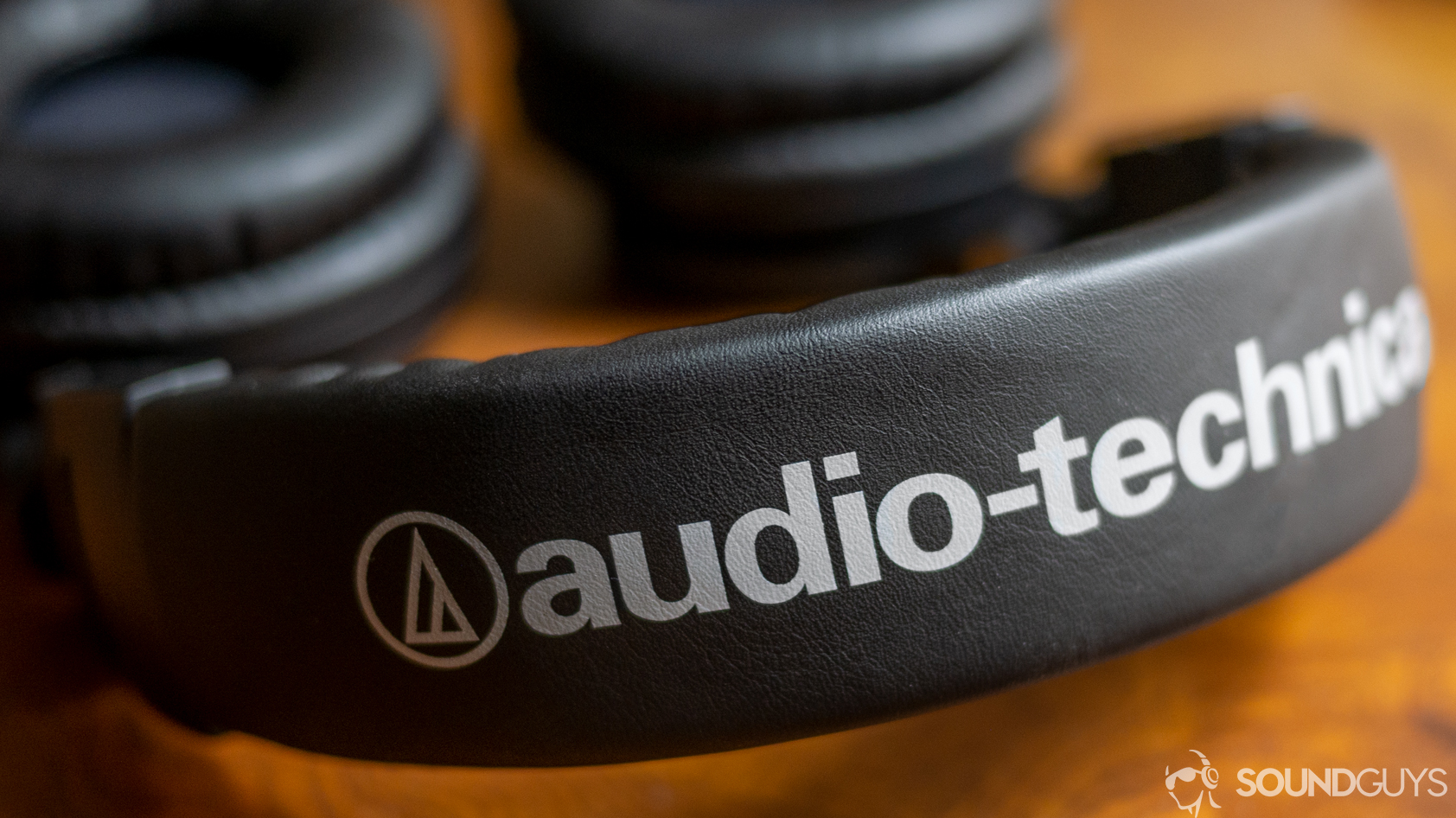
Although the term “studio” has been co-opted and used as a marketing term by some consumer audio brands, actual studio headphones are primarily intended as a tool for use in the recording studio, where audio is created.
Here you’ll find recording engineers, who operate the mixer and (virtual) tape machine, and recording artists, aka musicians and performers. Both roles have specific requirements for a pair of headphones in order to merit the title of “studio.”
So what makes them studio headphones?
Proper isolation is key to a clean recording
For musicians and performers, the primary criterion is pretty straightforward: when you wear the headphones, sound should not leak out into the recording space. If the guide track you’re working with escapes out of the headphones into the recording space, a hot mic will pick that up along with the wanted signal. Whether it’s drums, guitars, vocals, piano, or woodwind you’re recording, that unwanted noise will be a problem. And it can be a real pain to deal with after the fact. So this points to a closed-back headphone: open-backed designs need not apply here.
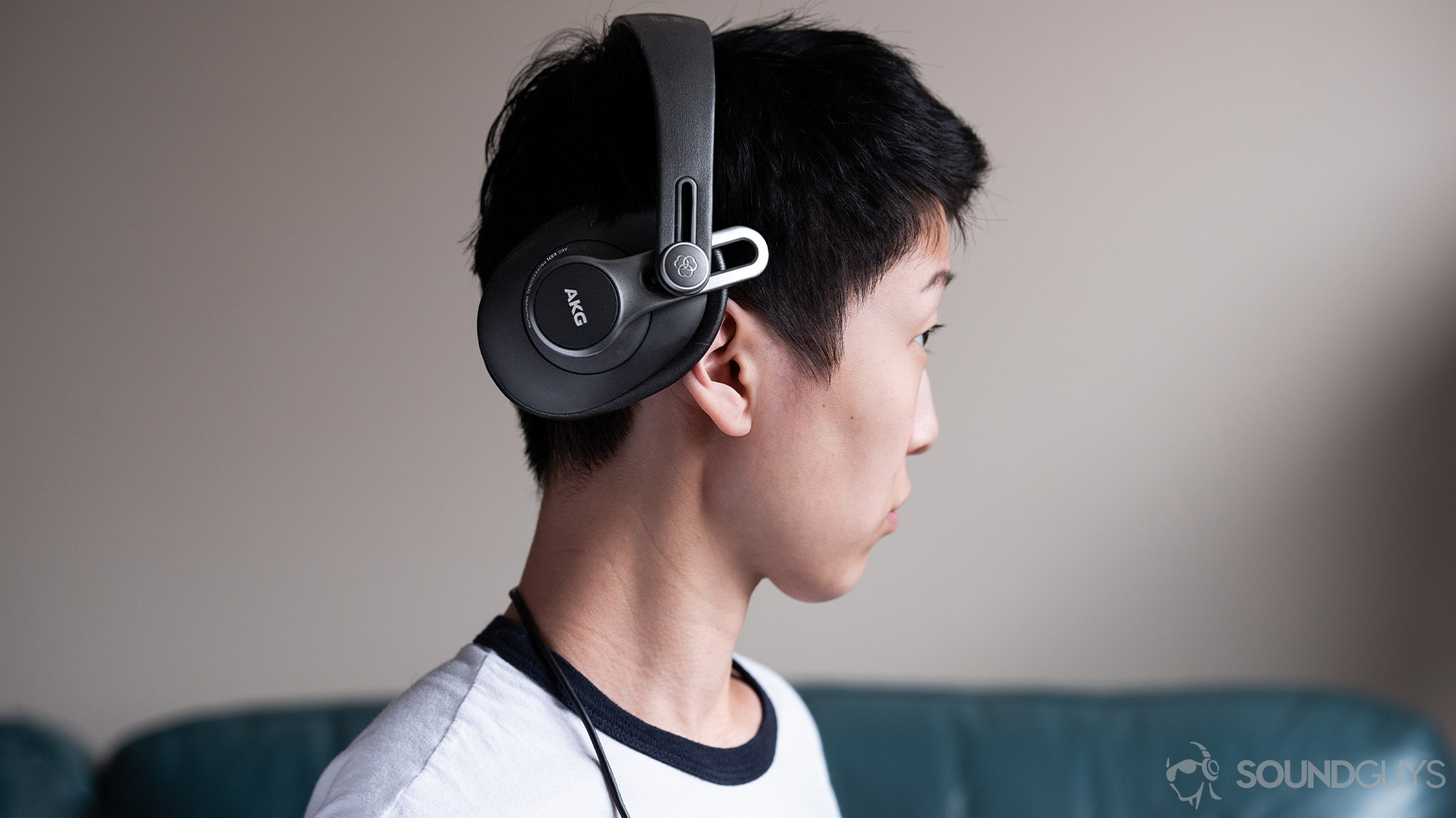
We often talk about isolation as it relates to headphones, and provide data on how well they block out the outside world. This metric applies equally to studio headphones, and can also be used as a measure of how well they prevent sound from leaking out, and thus how well they prevent unwanted signals from bleeding into your studio microphones.
Note: if you plan to create audio exclusively with electronic sources such as beats, loops, samples, and synths, or to work with material that has already been recorded (editing, mixing, or mastering), then this is not a hard requirement. For this reason, open and semi-open backed studio headphones do exist!
Sonic neutrality
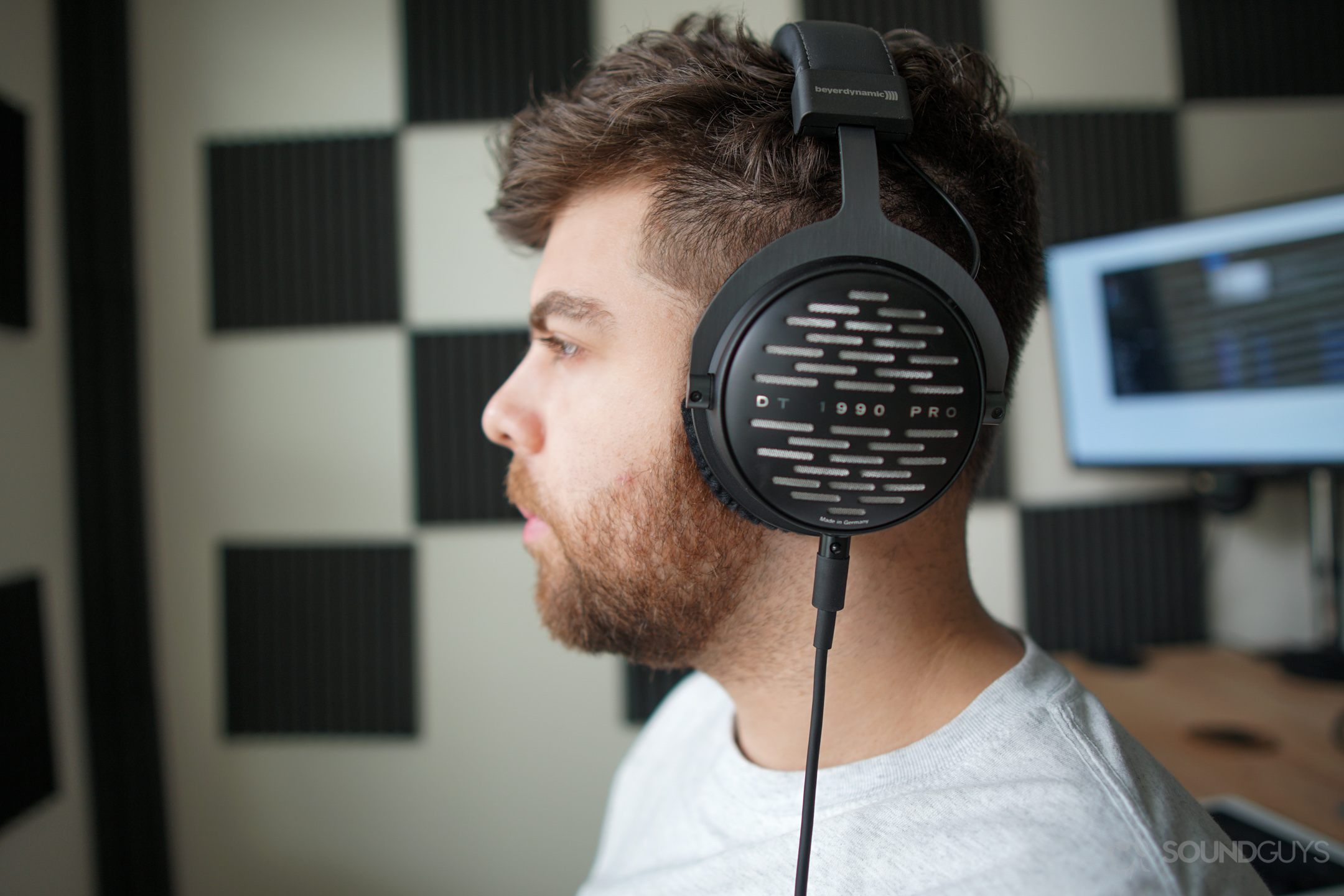
Our second criterion reflects the way studio monitor speakers differ from their hi-fi siblings: they are intended to give a more accurate portrayal of the signal they are being fed. Online audio forums may describe sonic neutrality as “minimal coloration.”
Coloration is a term used to describe how audio equipment can add its own effect to the audio output. More often than not, this refers to changes in the frequency response, but it can also mean low levels of harmonic distortion, dynamic compression, or time and phase response anomalies.
As demonstrated by the ever-popular smiley EQ curve that boosts the bass and treble regions, neutrality isn’t always what people like the best. That kind of EQ shaping can make the music sound more awesome (i.e., louder), or actually conceal inadequacies in the music production, or the playback system itself, thereby “flattering” the music.
The reality is that many consumers of audio actually enjoy an inaccurate frequency response, but when you're recording or producing music, this is the last thing you want
But when you’re recording or producing music, this is the last thing you want. What you need is a reliable, neutral reference so you have a clear idea of what’s being recorded or what you’re working on. And you want to be able to move back and forth between your headphones and studio speakers without any big surprises. Your mix should translate well between the two.
Learn more: Ultimate headphone buying guide
Studio headphones are designed to reveal any flaws in the sound that’s been captured. They should not make everything sound pleasing, rather they should provide an unfiltered window into the recording, so the sound engineer can make necessary tweaks during production. You’ll notice that because of this requirement, we have a separate target curve we apply to the frequency response in our headphone reviews for this type of headphone.
Studio headphones should be sturdy
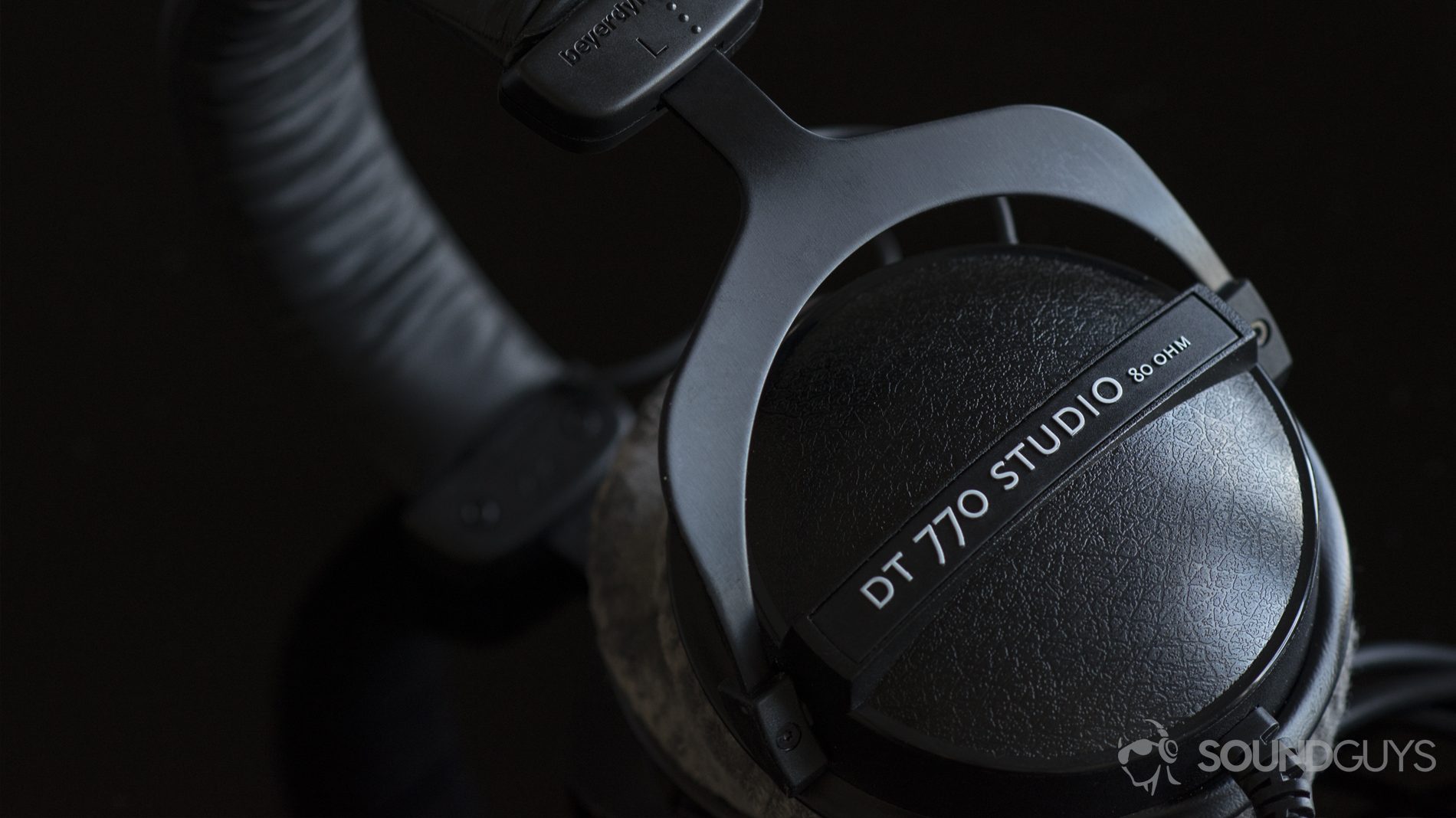
Our third point relates to the build of the headphones. Since they are a tool for music creation, they must be durable enough to handle being used for long periods of time, pulled on and off many times a session, and often thrown around with other recording gear.
You might like: Most durable earbuds
They also need to have decent, thick, ear pads and a headband that provides a good firm fit to prevent the leakage we discussed in point one. The cable connection should be super sturdy. Ideally, it should feature a user-replaceable cable, terminating in a 1/4-inch jack, or include a reliable, screw-on 3.5mm to 1/4-inch adaptor. These requirements take precedence over aesthetic considerations, and there is unlikely to be a choice of color finishes.
What else makes a good pair of studio headphones?
Finally, when it comes to looking for bells and whistles such as active noise canceling and Bluetooth: don’t bother. You won’t find them on true studio headphones. They might be nice features to have in the real world, but in the studio, you don’t want to be dealing with dead batteries, latency, or anything that might detract from or mess with the signal you need to hear accurately.
Industry standards exist for a reason
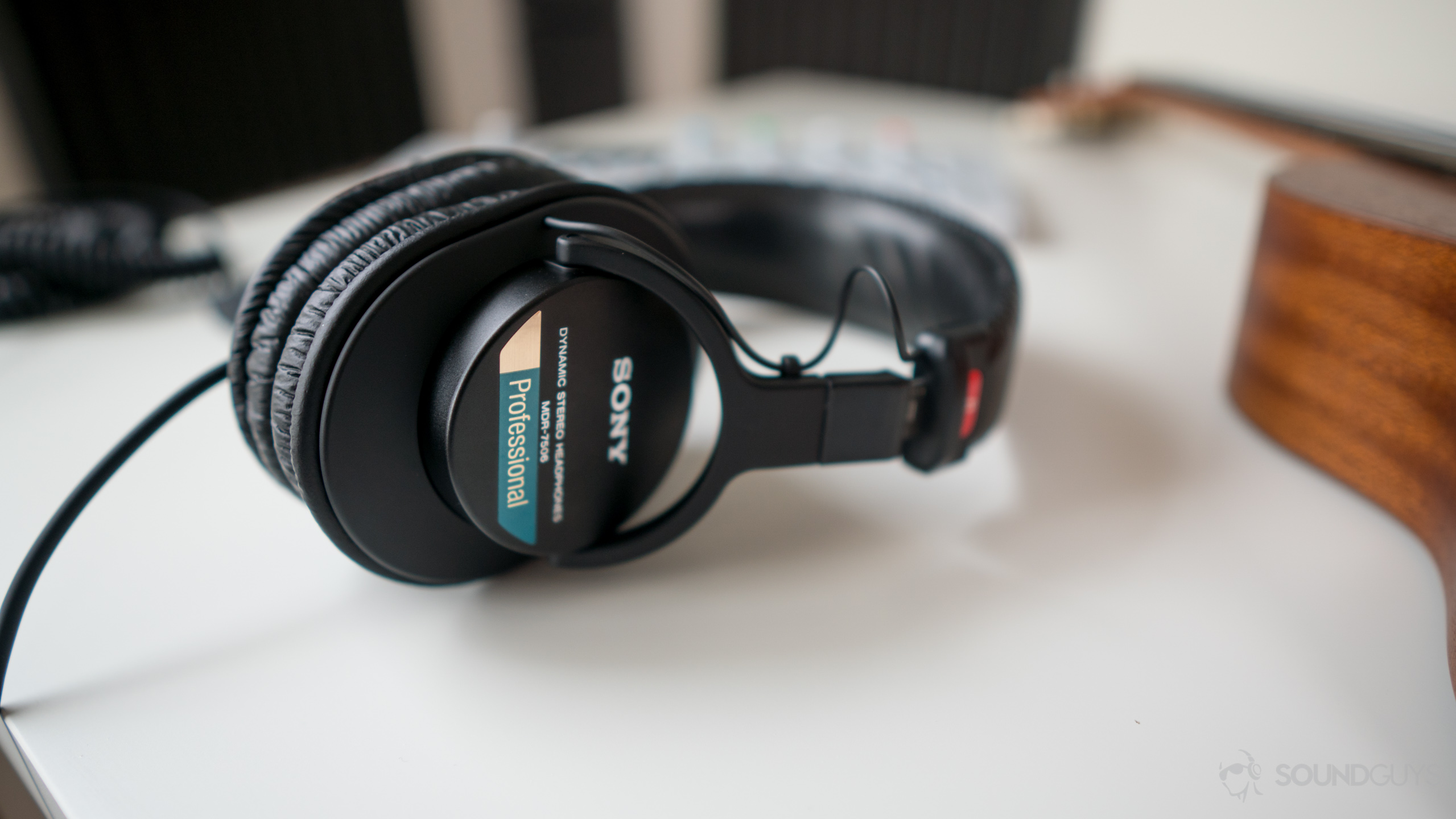
If a pair of studio headphones is well made, meets its design goals, and is a decent value, it should find acceptance in the audio creation industry. If enough pros like it and use it, it can become regarded as an industry standard. This is where the true value of a studio reference monitor lies: being able to find that same headphone or speaker in other studios, and to know you’ll get the sound you’re already familiar with.
The pro audio world is still full of products designed decades ago like Sony MDR-7506, which has a known and accepted sound. This pair of headphones doesn’t necessarily sound nice or pleasant, because that’s not its job. So if you’re in the market for studio gear, it may be worth looking for established models rather than the latest and greatest.
What if you’re not a professional musician or audio engineer? Are studio headphones for you?
Absolutely, studio headphones can be for anyone. Try them out! Who cares what they’re made for, as long as you like how they sound? As a bonus, you get the benefits of a product that was engineered for professional use, so it’s possible that not only will they last longer, but you might actually be able to get spare parts should you ever need them.
A great pair of studio headphones can be expensive

While it’s true that some of the best reference headphones can get crazy expensive, there are plenty of great options that get the job done without costing serious money. Some of the most commonly used headphones in the audio industry can cost half as much as Beats “studio” headphones. Both the Sony MDR-7506 and the Audio-Technica ATH-M40X are prime examples of affordable options that have plenty of professional users.
Do you own studio headphones?
Thank you for being part of our community. Read our Comment Policy before posting.